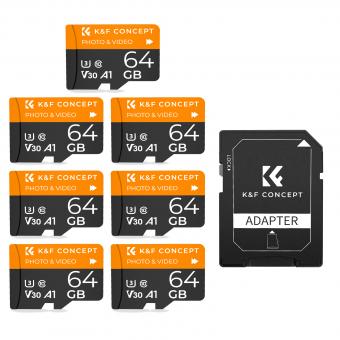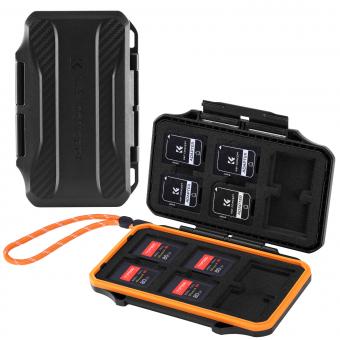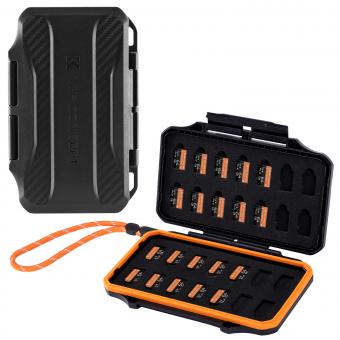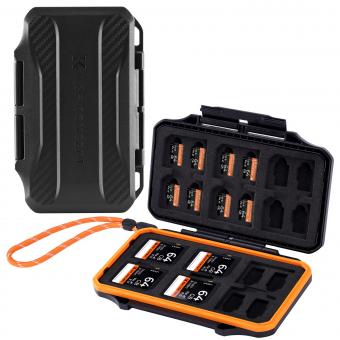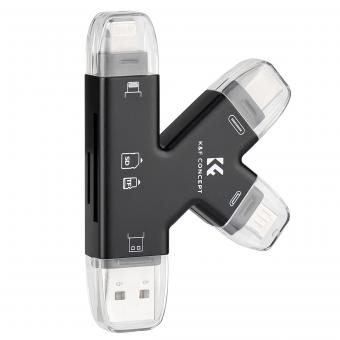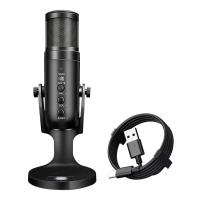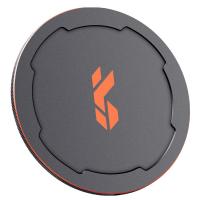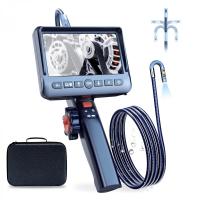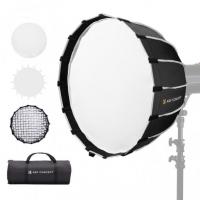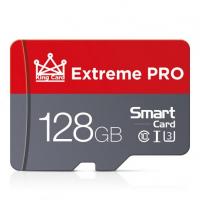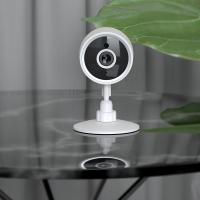How To Save Games On Sd Card Android?
As mobile gaming continues to gain popularity, the need for additional storage on Android devices becomes increasingly important. One practical solution is to save games on an SD card, thereby freeing up internal storage space and enhancing your gaming experience. In this comprehensive guide, we will cover the steps and best practices for saving games on an SD card, discuss the benefits and potential drawbacks, troubleshoot common issues, and provide expert tips. Whether you are a casual gamer or a gaming enthusiast, this article will help you maximize your device's storage capacity efficiently.
Why Save Games on an SD Card?

Saving games on an SD card offers several advantages:
1. Increased Storage Space: Internal storage on many Android devices can fill up quickly, especially with large game files. An SD card provides extra space to keep your device running smoothly.
2. Performance Enhancement: By offloading games to an SD card, you free up internal storage, which can lead to better device performance and faster load times for other apps.
3. Easy File Management: SD cards can be easily removed and inserted into other devices, making it simple to transfer or back up your game data.
However, it is important to note that saving games on an SD card can sometimes impact game performance if the SD card speed is not up to par. Always opt for a high-quality SD card to mitigate this risk.
Steps to Save Games on an SD Card
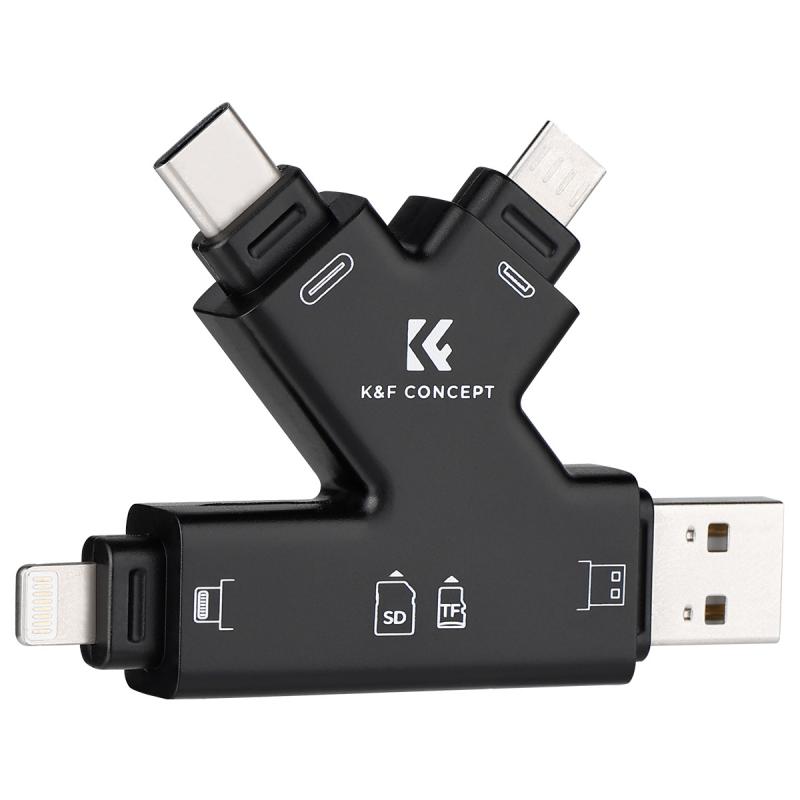
1. Format the SD Card
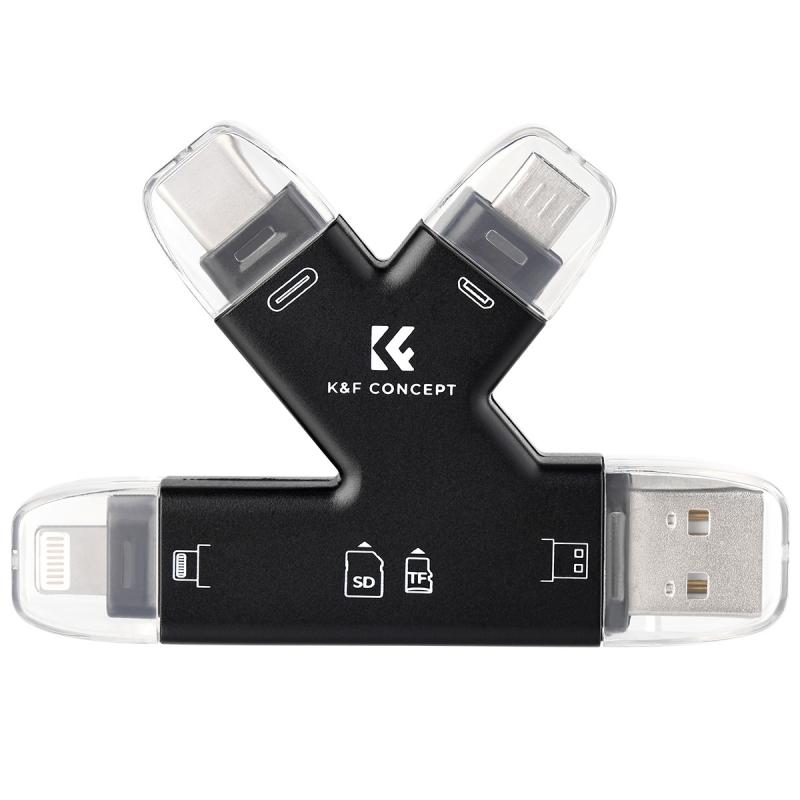
First, ensure that your SD card is properly formatted for use. Most Android devices support different file systems, but exFAT and FAT32 are the most common options.
- Insert the SD Card into your Android device.
- Go to Settings > Storage.
- Select the SD Card and choose the option to format it.
- Follow the on-screen instructions to complete the formatting process.
2. Set the SD Card as Default Storage
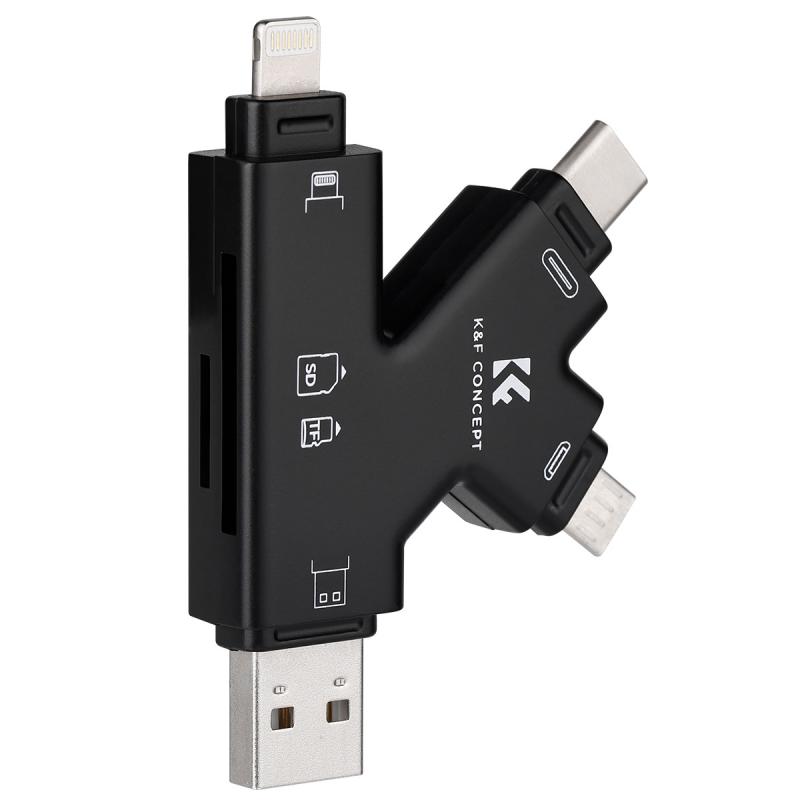
To save games directly to the SD card, you need to configure it as the default storage location.
- Open Settings > Storage.
- Select your SD Card and tap on the menu icon (usually represented as three vertical dots).
- Choose Storage Settings > Set as Internal Storage or Format as Internal.
This will convert your SD card to act as part of the internal storage, enabling you to save games and apps directly onto it.
3. Move Existing Games to SD Card
If you already have games installed on your device, you can move them to the SD card:
- Go to Settings > Apps & Notifications.
- Select the game you want to move.
- Tap on Storage > Change > SD Card.
- Follow the prompts to move the game.
Keep in mind that not all games support this feature. Some apps can only be stored in internal memory.
Potential Issues and How to Troubleshoot Them
1. Games Not Moving to SD Card
If your games are not moving to the SD card, the possible reasons include:
- Incompatible Game: Some games do not allow movement to external storage. Check the game's settings or support site.
- Insufficient Permissions: Ensure that your device permissions allow storage management.
- Unsuitable SD Card: The SD card might not be of high enough quality. Ensure it meets the required speed class.
2. Game Performance Issues
If games saved on the SD card are lagging or crashing, consider the following:
- Speed of the SD Card: Use a high-speed SD card (Class 10 or UHS-I).
- POOR SD Card Health: Regularly check the health of your SD card and replace it if necessary.
- Fragmentation: Over time, the data on an SD card can become fragmented. Periodically reformatting the SD card can help.
3. SD Card Not Recognized
If your device does not recognize the SD card, try these solutions:
- Reinsert the SD Card: Remove and reinsert the SD card to ensure it is properly seated.
- Update Software: Ensure your Android OS is up-to-date as compatibility issues are often addressed in updates.
- Try Another Device: Insert the SD card into another device to check if it is functional. If it works, the problem might be with your device’s card reader.
Expert Tips for Maximizing SD Card Usage
1. Regular Backups: Periodically back up your game data to avoid loss in case of SD card failure.
2. Use High-Quality SD Cards: Opt for SD cards from reputable manufacturers to ensure longevity and performance.
3. Regular Maintenance: Keep your SD card organized by occasionally deleting unnecessary files and reformatting it.
4. Read and Write Speed: Invest in SD cards with high read and write speeds to ensure smooth gameplay.
Saving games to an SD card on your Android device is a practical and efficient way to manage storage space. It not only alleviates the burden on your internal storage but can also enhance the overall performance of your device. By following the steps outlined in this guide, you can seamlessly transfer your games to an SD card and enjoy a better gaming experience. Remember to use a high-quality SD card to minimize potential issues and maximize performance. With regular maintenance and proper storage management, your device will remain in optimal condition, ready to handle even the most demanding games.







